- Expert advice/
- Getting engaged/
- Rings/
- The Best Diamond Shape & Size For Your Finger
- Rings
The Best Diamond Shape & Size For Your Finger
Different diamonds look different on different fingers. The diamond experts at The Clear Cut share which diamond shapes look best on which finger sizes.
Last updated February 5, 2024
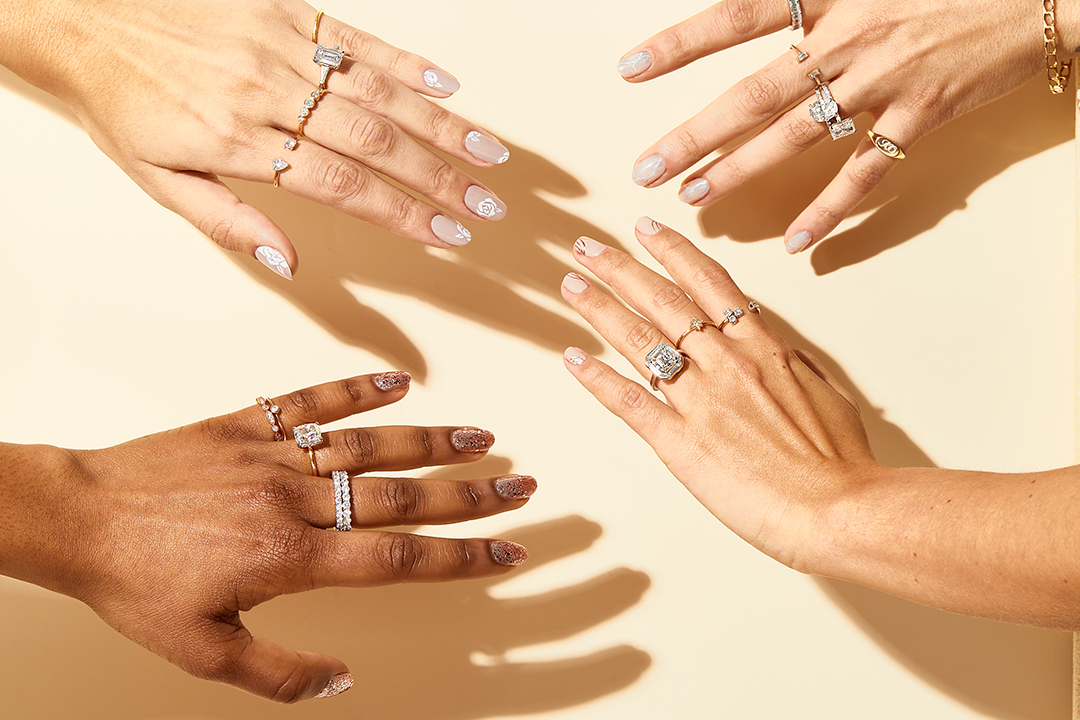
The First Look ✨
-
A round brilliant cut will flatter most every finger shape, while long, thin fingers are better suited to elongated cuts.
-
People with chubby fingers find that oval and pear cuts suit them best.
-
Finally, if you have small fingers or hands, stick with a more delicate style that’s proportional to your anatomy.
When it comes to shapes and styles, not all diamonds are created equal—and not all diamonds work equally well with every finger. You might be in love with your best friend’s engagement ring, but that same shape and style may not look the same when you try it on your own finger. It’s true: Different diamonds look different on different fingers. To help you find your perfect fit, we asked the diamond experts at The Clear Cut to share how to find a diamond shape and style that works best with your ring finger.
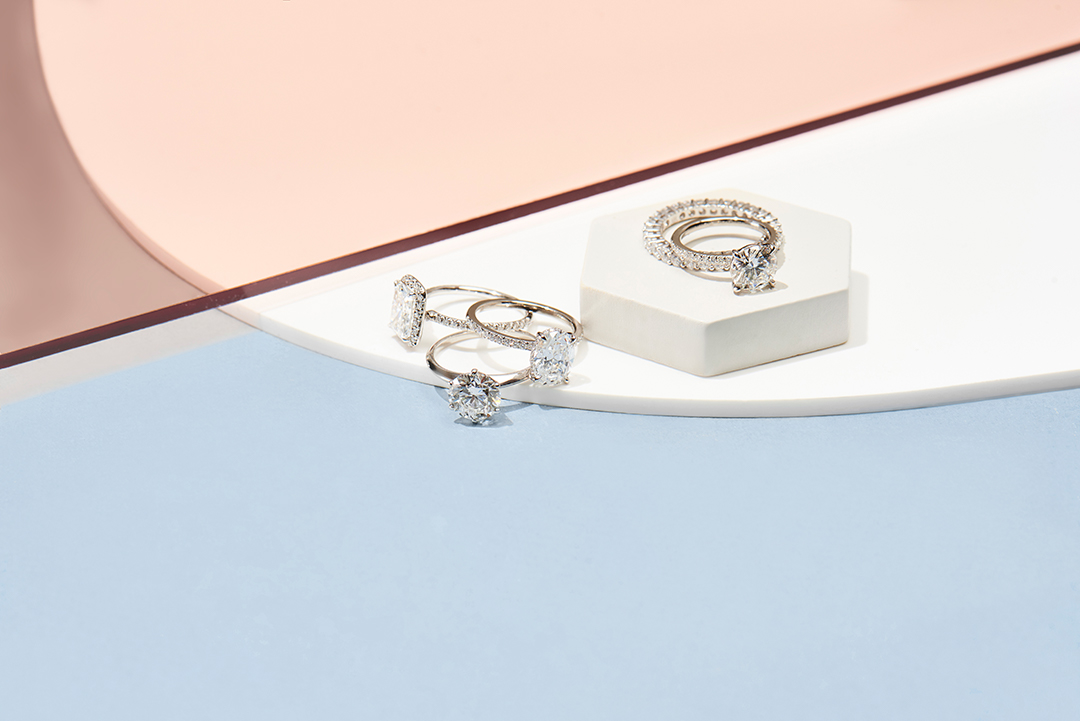
What To Consider Before Choosing A Diamond Ring
First things first—before we jump into the best diamond shapes and style for each finger type, let’s quickly go over some of the most important factors that go into choosing the right diamond ring for you.
Some of the main criteria you’re going to want to consider when choosing the perfect diamond shape and style for your engagement ring include:
The Width and Length of Your Finger
When choosing a diamond shape and style, you want to create a sense of balance and proportion on your finger—so the length, width, and overall size of your finger is going to dictate which diamonds are going to look balanced and proportionate.
The Size of the Stone
The size of a diamond is also going to play into how flattering a certain shape or style is going to look on your finger. As a rule of thumb, the larger the stone, the more noticeable any issues with balance, proportion, or unflattering shapes will be.
Your Personal Style
It doesn’t matter if a diamond shape or style “works” on your finger shape—if it doesn’t match your personal style, it’s not going to make you happy in the long run. Make sure you choose a diamond shape and style that feels like a reflection of your own personal taste—and that you’ll be happy rocking on your finger from now until forever.
Band Width
Not only do the stones on your ring have a high impact, but the band. While material—silver, gold, white gold, rose gold, etc.—is important to consider, even more important is the width of the band. For example, if you have thinner fingers, a thicker band might overwhelm them. At the same time, if you prefer a ring with a lot of stones, a thin band might not be able to accommodate that. Also consider the style of wedding band you’d like to go with your engagement ring and how the widths of each band might look together.
Accent Gemstones
Perhaps you’d like more than a singular diamond. Whether that means a ring design with a couple accent stones around the center stone or a band covered in pavé diamonds is up to your preference. Accent gemstones, too, can add a variety of shapes, styles, and uniqueness to a diamond ring. If that sounds like what you’re looking for, consider those that add color to a ring that’s diamond color is more classic. Also try those that add to the overall ring style.
Budget
We couldn’t talk about important deciding factors without discussing budget. While this isn’t the most exciting aspect of ring shopping, it’s paramount to think over before setting your heart on something. Set a realistic budget range for yourself and be transparent about it with any jewelers and/or sellers. If a proposal isn’t a total surprise, consider having an open conversation about budget and expectations with your partner.
Best Diamond Shape For Each Finger Type
As we said, different diamonds look different on different fingers and hands. Here’s how to figure out what diamond will best suit your finger.
A Universally Flattering Diamond That Looks Good On Every Finger
A round brilliant is one of the most classic diamond shapes on the market. And it’s a classic for a reason. This diamond holds a lot of its weight at the top, which takes up a lot of real estate on your ring finger. Plus, because of the round diamond shape, you get a balanced look that will work on a variety of finger shapes and sizes.
While there’s no one-size-fits-all approach to choosing the right diamond shape/style, if you want a diamond that’s going to be universally flattering, the round brilliant is a solid choice.
For Long And Thin Fingers
If you have long, thin fingers, you’re going to want to choose a diamond shape that compliments your finger length. So, elongated diamonds are a fantastic choice.
Luckily, there are a ton of different styles out there to choose from. A naturally elongated diamond shape, like an oval, pear, or marquise cut, will look gorgeous on your finger, as will an elongated radiant or an emerald cut. Just remember, if you have long fingers, you want your diamond to have a more elongated appearance to match. Moreover, solitaire rings (those with a single diamond on a band) can also look beautiful, as they won’t overwhelm your finger.
What to Avoid: Anything too square-shaped or princess cut. More square-shaped diamonds like a standard (not elongated) emerald or radiant cut aren’t always the most flattering on long, thin fingers. The shape can actually make your fingers look longer (and your ring can look disproportionate on your finger).
For Stout Fingers
If your fingers are on the thicker side, going with a more delicate diamond shape or style can actually make them look wider. Instead, look for a stone that’s going to really make a statement and take up a lot of real estate on your finger—like an oval or pear-shaped diamond.
What to Avoid: Narrow diamonds. You want a stone that’s going to fill out the width of your finger. If you have your heart set on a narrower cut, you can add side stones to create width and add a sense of balance.
For Small Fingers
If you have small hands, you have a serious benefit when shopping for engagement rings; everything is going to look bigger on your small fingers.
On the flip side, going with a diamond shape or style that’s overly big or bold can have the opposite effect, looking too over-the-top on your tiny finger. If your hands are noticeably small, make sure to stick to a more delicate style (such as a round cut, oval cut, or pear cut) that looks proportionate on your finger. On the other hand, opposing styles—such as elongated radiant cuts and emerald cuts—can look too harsh or overwhelming.
What to Avoid: Huge diamonds. As mentioned, any diamond you put on a small finger is going to look larger than it would on a bigger finger. So, oversized diamonds can look almost cartoonishly disproportionate on someone with extremely small hands.
Choosing The Perfect Diamond Carat Size
For those who don’t know, a carat is a unit of measurement in regards to a diamond’s (or gemstone’s) physical weight. Note that carat weight is just that—a stone’s weight, not the size of the diamond. Jewelers, gemologists, and similar ring and stone sellers will use diamond carat size in the description of diamond engagement rings in order to describe how heavy one’s cut diamond is. This weight will be the same across natural diamonds and lab grown diamonds, as their physical and chemical makeup is the same.
For reference, a half carat diamond weighs .1 grams, a 1 carat diamond weights .2 grams, a 2 carat diamond weights .4 grams, and so on and so forth. Pro tip: Diamond rings that don’t have a neat carat weight (such as a half carat, one carat, two carat, etc.) can sometimes cost less than those that do, despite being unnoticeable to the naked eye. When discussing stones, ring sizes, and the like with a jeweler, feel free to ask about carat sizes and to see those of similar weights.
These are some suggestions on which diamond cuts, shapes, and styles tend to work best with different finger types. Take the above information into consideration when figuring out how to choose a diamond shape, size, and style for your engagement ring.
Remember, though, these are just suggestions. You’re the one (or your partner’s the one) who’s going to be wearing your ring every day, so ultimately, it’s up to you to get out there and find the diamond that feels perfect for you.
For more information regarding carat size (because we know it can be tricky), check out our Ultimate Diamond Carat Size Guide.
If you have long, thin fingers, try an elongated diamond.
If you have long, thin fingers, you’re going to want to choose a diamond shape that compliments your finger length. So, elongated diamonds are a fantastic choice.
Luckily, there are a ton of different styles out there to choose from. A naturally elongated diamond shape, like an oval or pear cut, will look gorgeous on your finger, as will an elongated radiant or an emerald cut. Just remember, if you have long fingers, you want your diamond to have a more elongated appearance to match.
What to Avoid: Anything too square-shaped. More square-shaped diamonds like a standard (not elongated) emerald or radiant cut aren’t always the most flattering on long, thin fingers. The shape can actually make your fingers look longer (and your ring can look disproportionate on your finger).
If you have stout fingers, try an oval or pear shape.
If your fingers are on the thicker side, going with a more delicate diamond shape or style can actually make them look wider. Instead, look for a stone that’s going to really make a statement and take up a lot of real estate on your finger—like an oval or pear-shaped diamond.
What to Avoid: Narrow diamonds. You want a stone that’s going to fill out the width of your finger. If you have your heart set on a narrower cut, you can add side stones to create width and add a sense of balance.
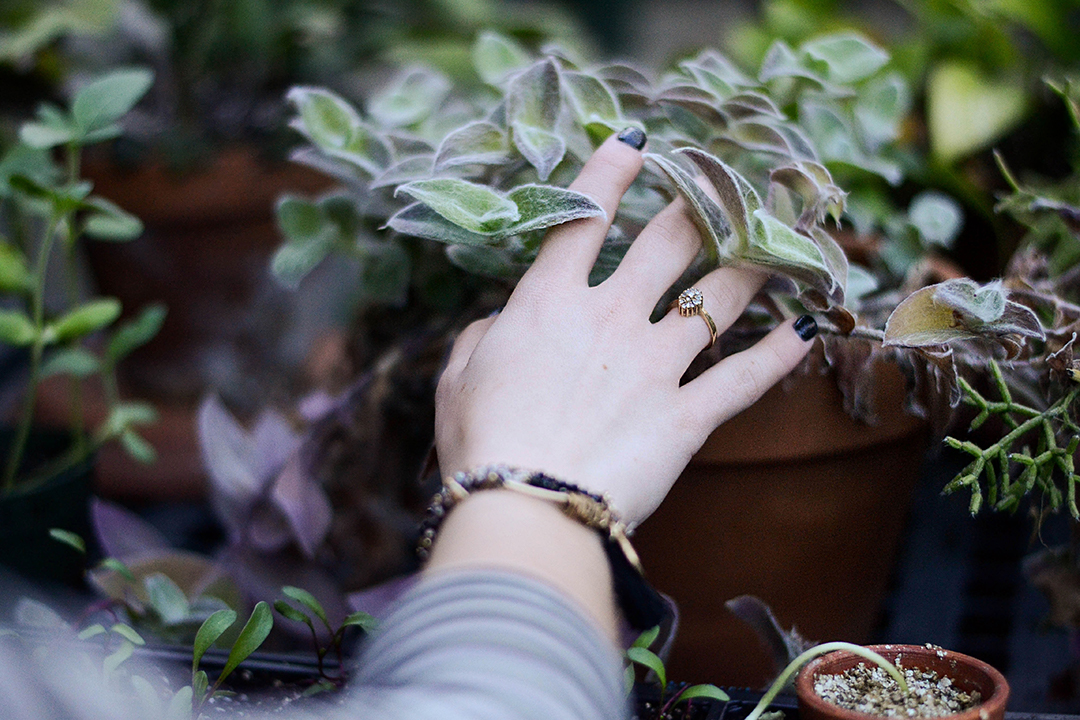
If you have small fingers, try to stick to a more delicate style
If you have small hands, you have a serious benefit when shopping for engagement rings; everything is going to look bigger on your small fingers.
On the flip side, going with a diamond shape or style that’s overly big or bold can have the opposite effect, looking too over-the-top on your tiny finger. If your hands are noticeably small, make sure to stick to a more delicate style that looks proportionate on your finger.
What to Avoid: Huge diamonds. As mentioned, any diamond you put on a small finger is going to look larger than it would on a bigger finger. So, oversized diamonds can look almost cartoonishly disproportionate on someone with extremely small hands.
These are some suggestions on which diamond cuts, shapes, and styles tend to work best with different finger types. Take these into consideration when figuring out how to choose a diamond shape for your engagement ring.
Remember, though, these are just suggestions. You’re the one who’s going to be wearing your ring every day, so ultimately, it’s up to you to get out there and find the diamond that feels perfect for you.
Up next for you

50 Best Engagement Party Ideas of 2024
Inspiration
Unlock 50 unique engagement party ideas. You'll find ideas you've never thought of and something for every couple. Happy planning!
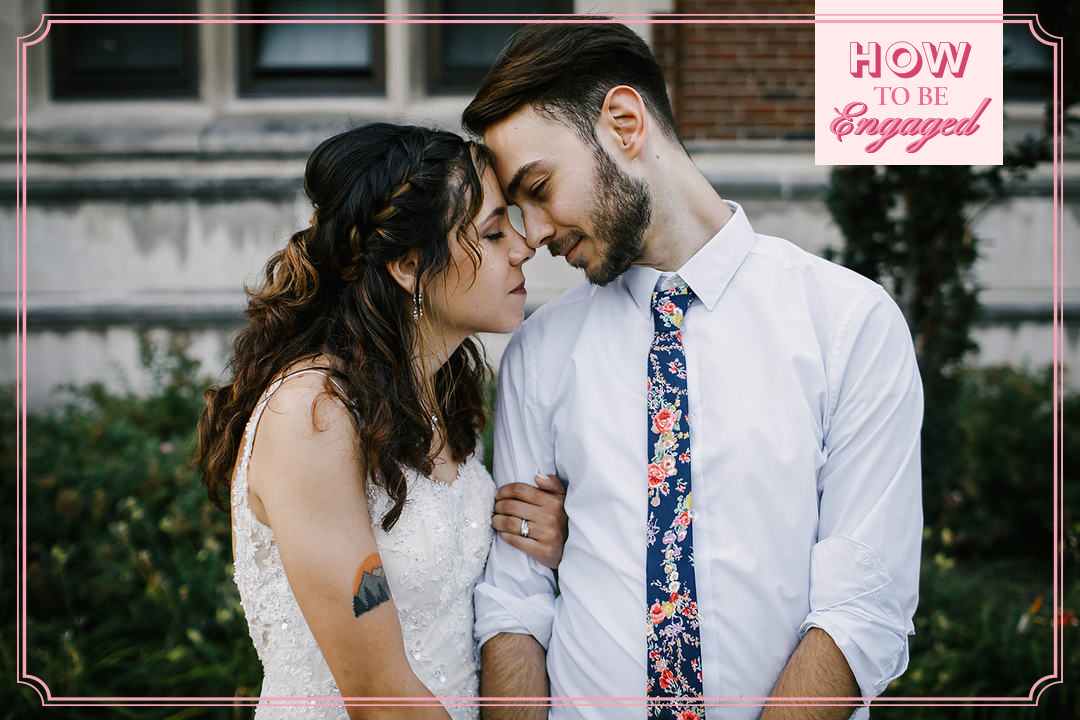
5 Reasons Your Parents and Fiancé Don't Get Along—and How to Deal
Inspiration
There are many common reasons your parents many not like your fiancé. Licensed therapists share what to do and how to talk about it when your parents and partner don't get along.

Just Engaged? Here’s What To Do Next!
Inspiration
Just engaged and wondering what’s next? A lot goes into wedding planning, but you don’t have to do it all at once. Here are the must-do to-dos after getting engaged.

How to Finance an Engagement Ring
How-To
Got questions on how to finance an engagement ring? Our experts can help. Read on to find out now.
Featured

How to Announce Your Engagement
How-To
You're engaged! Now it's time to tell people. Here are the best ways to make an engagement announcement that works for you.

How to Be Engaged at the Same Time As Your Best Friend
How-To
Getting engaged at the same time as your best friend can be exciting—and tricky. Here's how to manage expectations and be there for your friend as you plan your own wedding.
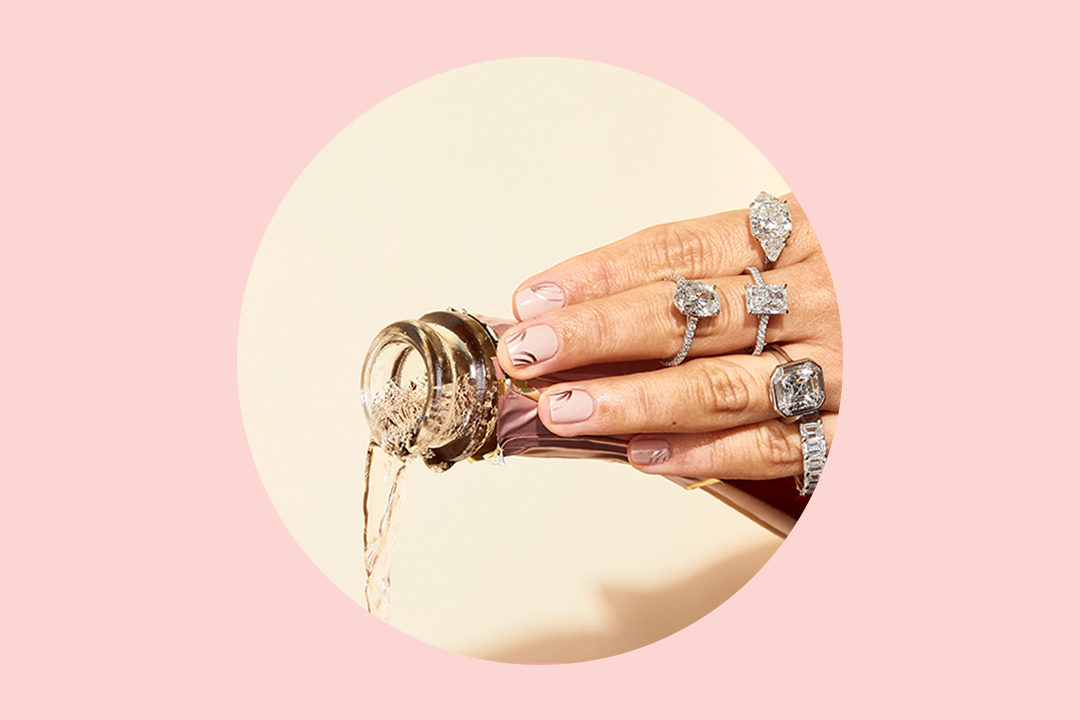
Where You Can (and Can't) Wear Your Engagement Ring
Inspiration
Diamond experts share all the places you can wear your engagement ring and where you shouldn't wear your ring. Plus, tips for keeping your engagement ring like new.
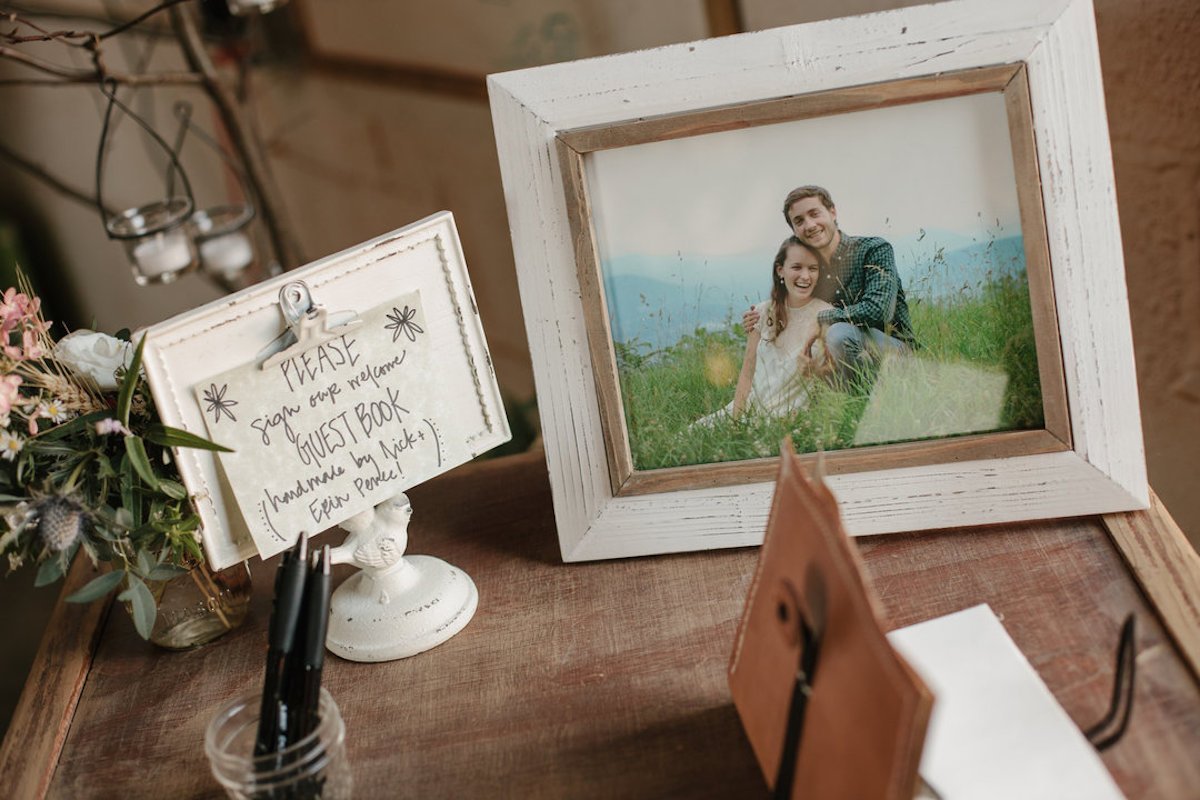
12 Ways to Get The Most Out of Your Engagement Photos
Getting Engaged
It’s not uncommon for a wedding photographer to include an engagement photo session in their packages. Here's how to make the most of those photos.
- Expert advice/
- Getting engaged/
- Rings/
- The Best Diamond Shape & Size For Your Finger
Find even more wedding ideas, inspo, tips, and tricks
We’ve got wedding planning advice on everything from save the dates to wedding cakes.
